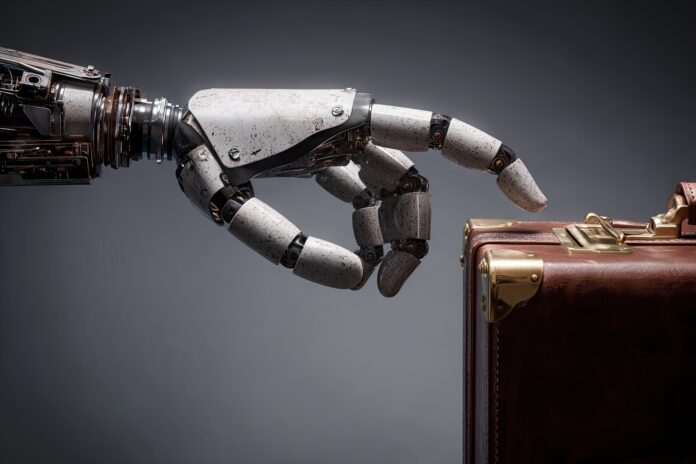The Acceleration of AI-Driven Job Disruption
AI is transforming workplaces worldwide, but the pace is now far beyond what anyone predicted. The focus keyphrase, AI job displacement, defines 2025’s labor landscape. Most importantly, organizations are rapidly deploying AI to automate tasks that once required human skill and judgment. According to the World Economic Forum’s Future of Jobs Report 2025, 40% of employers expect to reduce their workforce where AI can take over tasks, forecasting almost 50 million US jobs at risk in the coming years[1].
Why Is This Happening So Quickly?
A decade ago, technology gradually nudged workers toward reskilling. Today, the change is supercharged by what experts now call the Super-Exponential Effect—AI’s compounding efficiency gains are not just iterative, but transformative[5]. Because AI can learn and adapt at a speed no workforce can match, entire categories of work are vanishing practically overnight. Entry-level and white-collar roles in finance, technology, law, and marketing are shrinking rapidly. For the first time since 2013, job openings in professional services have plummeted as companies find that AI can deliver higher productivity and profit without proportional increases in headcount[5].
Not a Recession—But a Revolution
What’s striking is that this is not a typical recession. Corporate profits remain robust, productivity is soaring, and GDP is growing. Yet, hiring for professional and entry-level positions has slowed, or even stopped. Instead of cyclical layoffs, we are witnessing permanent shifts in the labor market. These changes are global. US firms are expanding operations in India to tap skilled professionals at lower costs while automating many domestic white-collar jobs[1].
The New Talent Pipeline Challenge
Besides that, the rapid reduction in entry-level opportunities creates a talent pipeline crisis. Fewer openings mean less on-the-job training for new graduates. Almost half of Gen Z job seekers in the US feel AI has diminished the value of a college degree, making social mobility and equal opportunities harder to achieve[1]. As traditional pathways narrow, there’s a risk that access to stable, well-paid careers will become exclusive to those already established.
Will AI Also Create New Jobs?
AI isn’t just taking jobs—it’s creating them, too. The same report predicts the tech sector could generate up to 11 million new roles, even as 9 million disappear. However, these new positions often require a blend of digital literacy, adaptability, and skills that keep evolving with the technology itself[1]. For many, the challenge will be to keep pace through continuous learning and to shift toward sectors less vulnerable to automation.
How You Can Prepare for the AI Future
- Focus on uniquely human skills: Creativity, emotional intelligence, and complex problem-solving are still tough for AI to replicate.
- Embrace lifelong learning: Upskill regularly through online courses, bootcamps, and professional certifications.
- Seek tech-adjacent roles: Jobs supporting the implementation and ethical oversight of AI will become increasingly valuable.
- Be agile: Prepare to pivot between roles or industries as the market evolves. Flexibility is now a core career competency.
The New Reality of Work
Therefore, it’s no longer a question of if AI will impact your career, but when—and for many, that time is now. Staying informed and proactive is your best defense. Businesses must also consider the broader societal effects of rapid AI adoption, ensuring that displacement doesn’t outpace reskilling efforts.
Conclusion
AI job displacement is here, reshaping the professional world faster than anyone anticipated. Continuous adaptation, a focus on human-centric skills, and a willingness to embrace new forms of work will define success in this new era. If you haven’t already, now is the time to prepare for the future of work.
References
- World Economic Forum: Is AI closing the door on entry-level job opportunities?
- Salesforce DevOps: The White-Collar Recession of 2025: AI and the Great Professional Displacement



